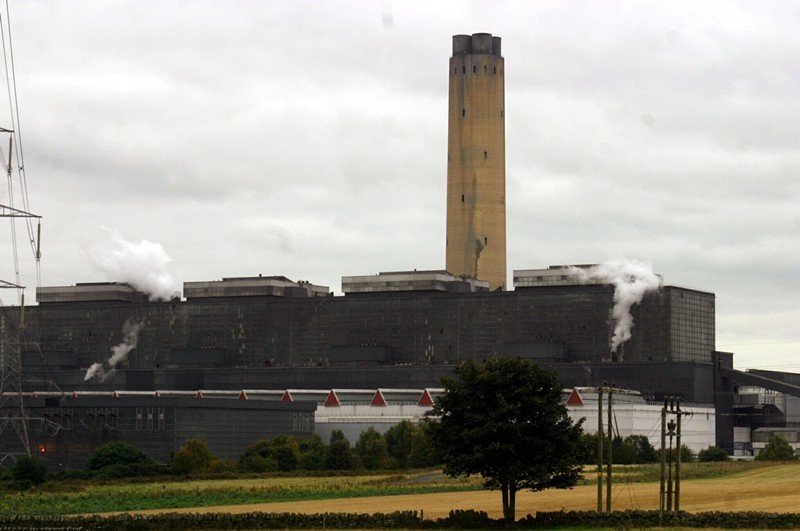A West Fife councillor has said he doesn’t see the benefits of wind farms when there are coal-fired power stations such as Longannet providing energy.
Bill Walker, who is a representative for the west Fife and coastal villages ward and has worked in the power industry, told The Courier that he feels there is not sufficient wind in areas like west Fife to justify building more wind farms.
The SNP politician was reacting to comments by the John Muir Trust, one of Scotland’s leading conservation bodies, who have challenged the renewable energy industry’s claim that wind farms run at an average of 30% capacity per year.
They state that a study conducted on wind farms in Scotland between November 2009 and last month found that they ran at 22% of capacity.
On Tuesday Mr Walker said that he agreed with these findings.
He said, “I feel that the renewables people are talking nonsense.
“The John Muir Trust have got it right and they really sum up the great error of the wind farm lobby.”
He added, “The JMT is charged with protecting Scotland’s natural beauty and so is understandably not happy with large wind farms blotting the countryside.
“However, it is also correct in pointing to the technical and economic folly of regarding wind farms as any kind of reliable contributor to our electricity generating needs.”‘Intermittent’Mr Walker said, “This has again been borne out in our recent prolonged cold weather spell with its unprecedented demand for electricity, rather similar to last winter.
“Coal and nuclear power can technically be turned on and off when they want but wind farms are completely intermittent and despite all the numbers quoted, they can’t provide power when it is needed.
“There just isn’t the wind in northern Europe to justify the wind farms.
“They would only provide up to 3% of electricity demand and only work when the wind blows so what use are they?”
Mr Walker said he feels power stations like Longannet in south-west Fife are the way ahead for the energy sector.
He said, “Coal-fired Longannet power station and other firm sources of power were working full-out to successfully meet demand so that the lights did not go out during the last winter.
“Just what is the point of wind turbines which are completely erratic in their generation and even then can only operate at best 22% of the time according to their spokesman’s own figures?
“Certainly, the electricity consumer does not benefit as the wind farm owners and operators get huge subsidies with high prices charged to the final customer.”‘Success story’He added, “What has been going on for too long now is that a massive ‘con trick’ has been played on the paying public by wind farm backers who have been able to equate wind with properly sustainable, reliable and predictable sources of power such as maritime tidal, current and wave plus hydroelectric under the ‘renewables’ umbrella.
“Longannet provided sustainable power and we have so much coal in this area it is a great success story.
“Provided we can master carbon capture storage and we also have the opportunity to export, I am very grateful for Longannet.”
Mr Walker said, “We also need the two nuclear power stations we have for the foreseeable future.
“In addition, we could use pumped-storage sites for hydro-electric power, where you just have to turn the valve at night if power is needed.
“I think Niall Stuart, chief executive of Scottish Renewables, said it all when he was quoted as saying that no form of electricity works at 100% capacity 100% of the time.”
Mr Stuart had also said that the winter of 2009-10 was one of the calmest on record and that it was “no surprise” that output figures for wind farms were below average for that period.
